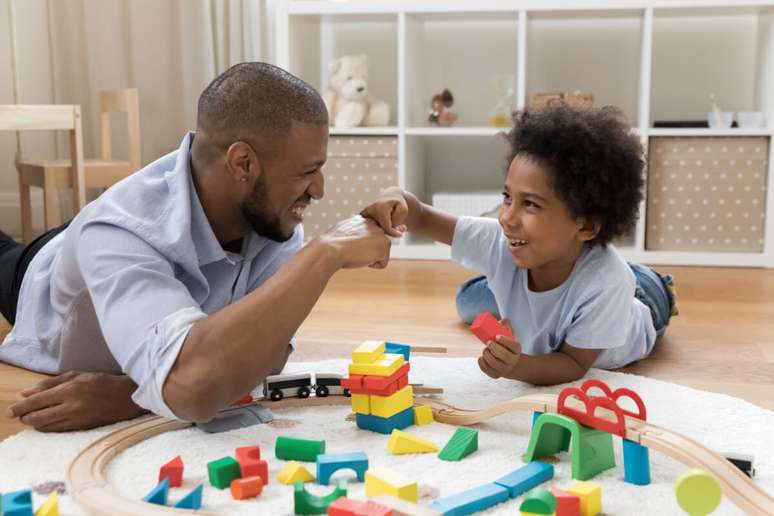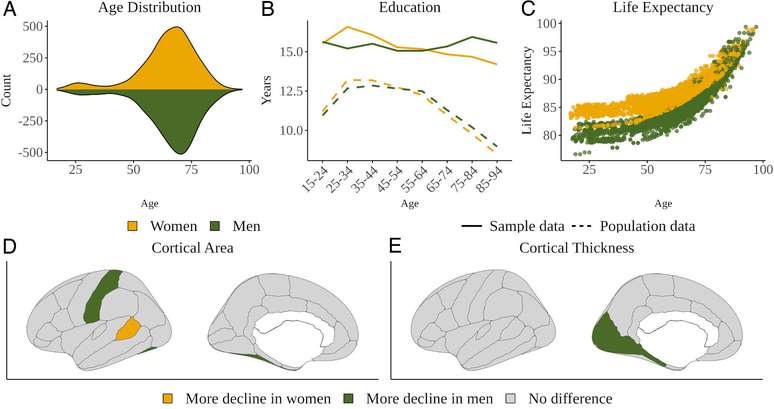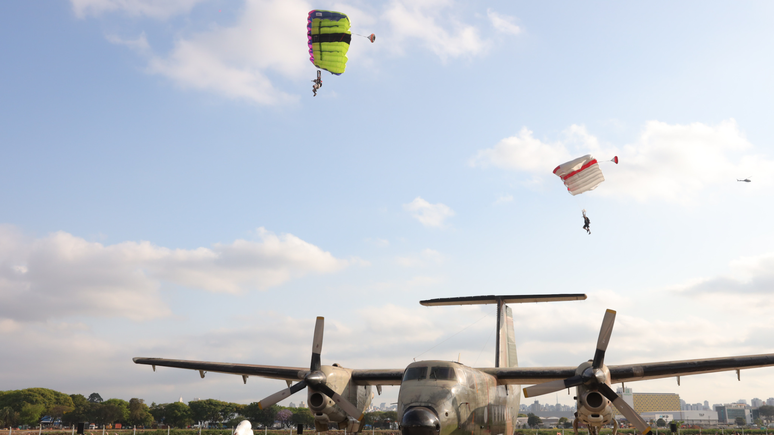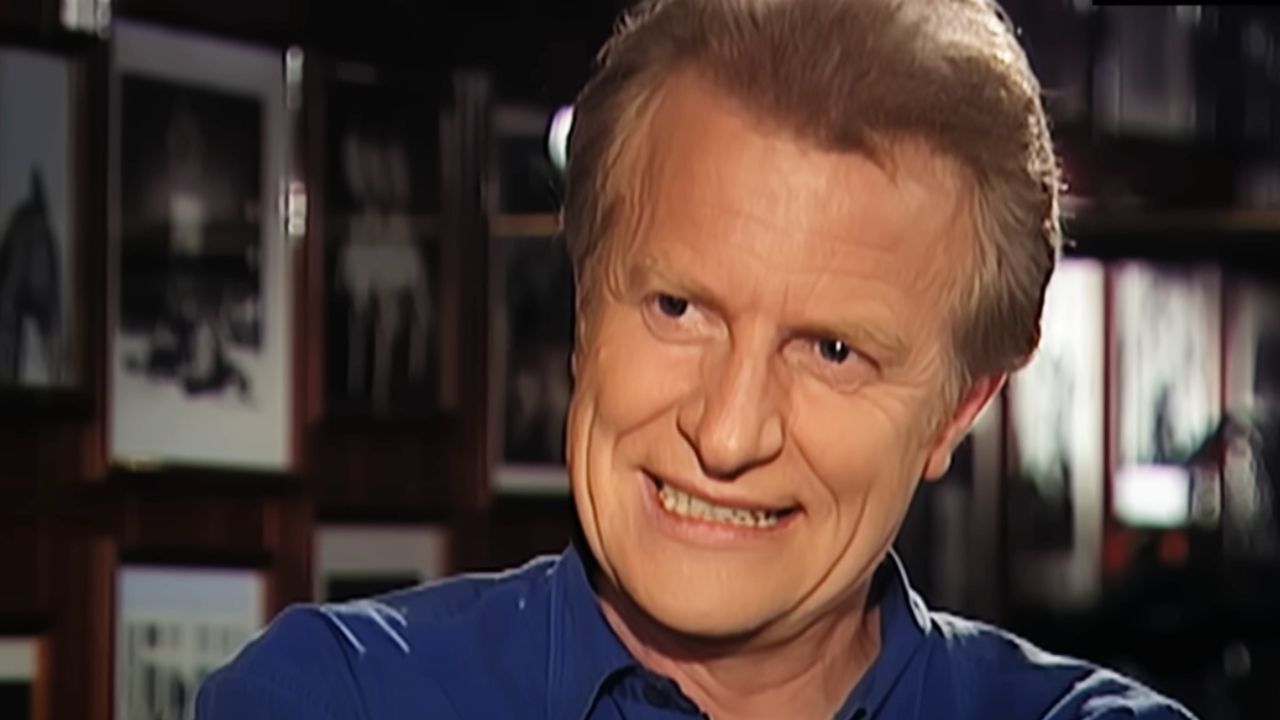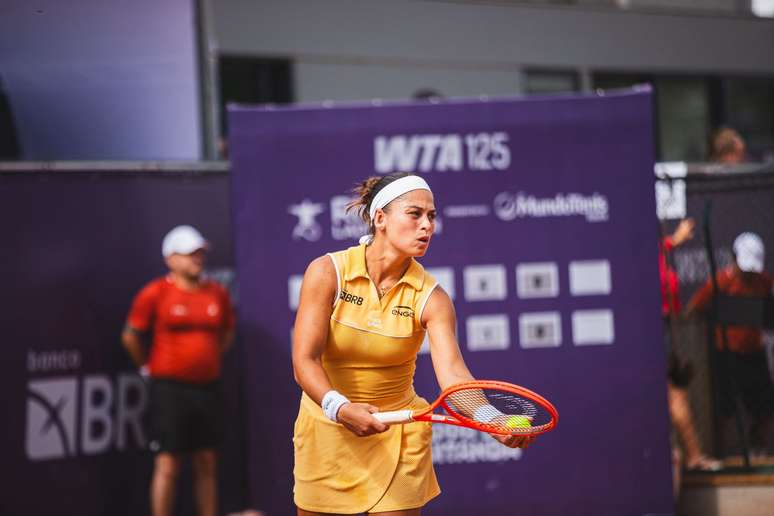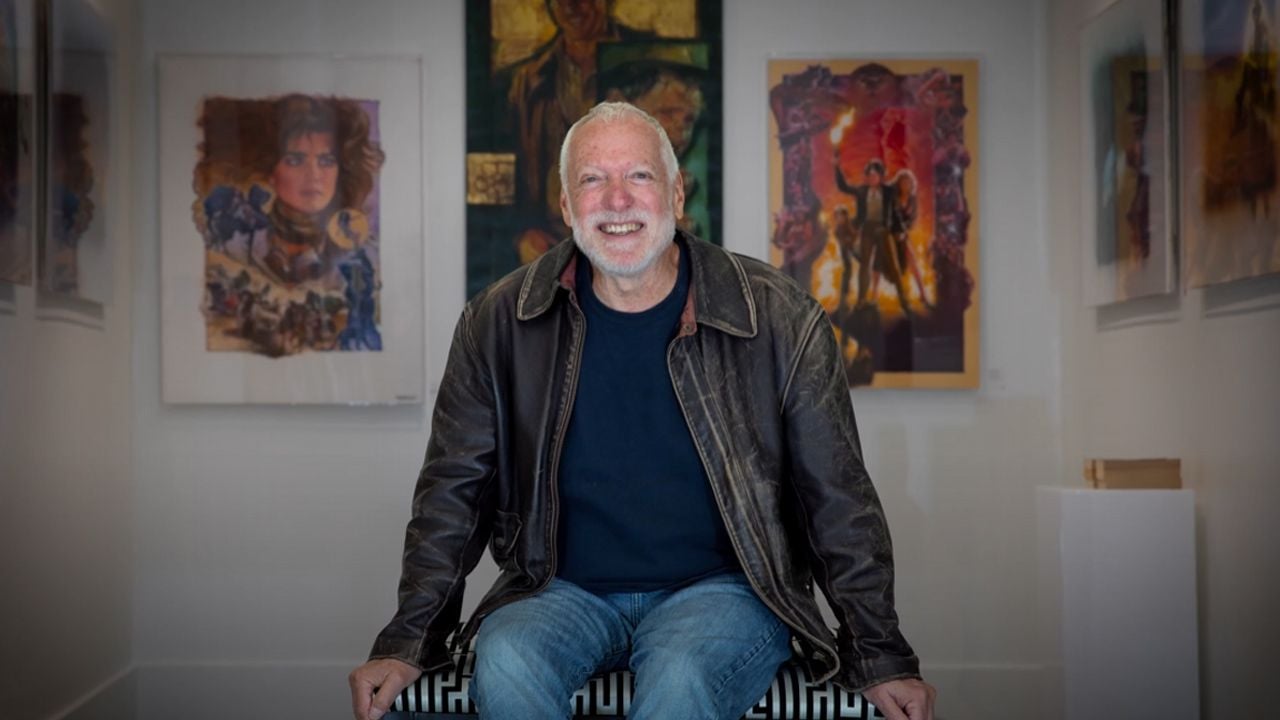Child development is explored from an early age through fun activities
All games relate physical space and objects to the child’s body. Children need conditions of movement and exploration to discover the full potential of their body and everything around them.
html[data-range=”xlarge”] figure image img.img-c82768cdc690cc779eae889375f9c217d2gq8nw6 { width: 774px; height: 516px; }HTML[data-range=”large”] figure image img.img-c82768cdc690cc779eae889375f9c217d2gq8nw6 { width: 548px; height: 365px; }HTML[data-range=”small”] figure image img.img-c82768cdc690cc779eae889375f9c217d2gq8nw6, html[data-range=”medium”] figure image img.img-c82768cdc690cc779eae889375f9c217d2gq8nw6 { width: 564px; height: 376px; }HTML[data-range=”small”] .article__image-embed, html[data-range=”medium”] .article__image-embed { width: 564px; margin: auto 0 30px; }
Variety is important on the one hand, but it must also be able to repeat its action and frequent the same situation, environment, relationship. In this way gestures, postures, motor skills, balance and coordination are organized, flowing more safely and expanding and diversifying.
Children need obstacles, difficulties and also to take risks, obviously limited to basic safety. Constant, uniform and very protected environments, even aseptic, do not favor the discovery of novelties and the same ability to face them.
right to play
There is a very strong movement underway to defend the right of children to play freely, to be able to enjoy open and safe spaces to expand and also the defense of the need for children to take more risks, learning to deal with the physical and social environment and therefore developing in all senses. It cannot be denied that these development conditions they are under threat for the neediest children and are very precarious in the urban environment for all of them.
Play is an essential activity for human development and, therefore, should be understood as a right of every child. It is up to adults to become aware of this fact and to enforce this right which is essential for the physical, mental and emotional health of the child.
Time and space to play, adequate public places with quality play equipment, greater attention to the play training of educators, health workers and other areas that deal with childhood are the concrete means to realize the right to play.
Timeline for baby
It is a mistake to think that the child does not compare, classify or separate temporally. He already does all of this, but always based on his own body. With her sensations and his movements, she organizes the fundamental events of his life, which for him are eating, sleeping, bathing, sleeping, warm contact in the relationship with his caregivers, with his attachment toys.
He becomes aware of the routine, the rhythm of the day, and creates small temporal and spatial sequences, he begins to wait for what will happen. For example, when he hears the sounds of food preparation, spoon hitting the pan or plate, she already knows it’s time for food. After the bath and the feed, she knows there will be a story, some songs and it’s time for bed.
Intelligence develops from birth, with different characteristics and by different means. Logic is structured first in the body, then in the imagination, up to the abstract and generalist reasoning that allows us to deal with a lot of information at the same time and elaborate relationships based on hypotheses, deductions and deductions. There is no way to rush this process, each phase must be lived intensely to support the subsequent acquisitions well.
Reality in images
When very young children are exposed to image stimuli (on TV, in tablet games, for example) and, at the same time, greatly reduce their physical exploration of the environment, as is quite common nowadays, I understand that this does not help build logical thinking. The child remains without a concrete reference to what is represented, because this reality through the images was not built before in the body.
Modern children are very limited in exploring their environment and their bodies due to the problems of urban life and the current organization of family life. Becoming aware of it to create alternatives, within the possibilities of parents, is the first step.
I do not encourage the use of so-called educational toys and games, because the child’s relationship with objects is important. Sometimes there may be overstimulation, which becomes a burden for the baby. The child knows what is good for him and, if we leave him free to explore and learn, he will seek out what makes sense to him, in his time and place.
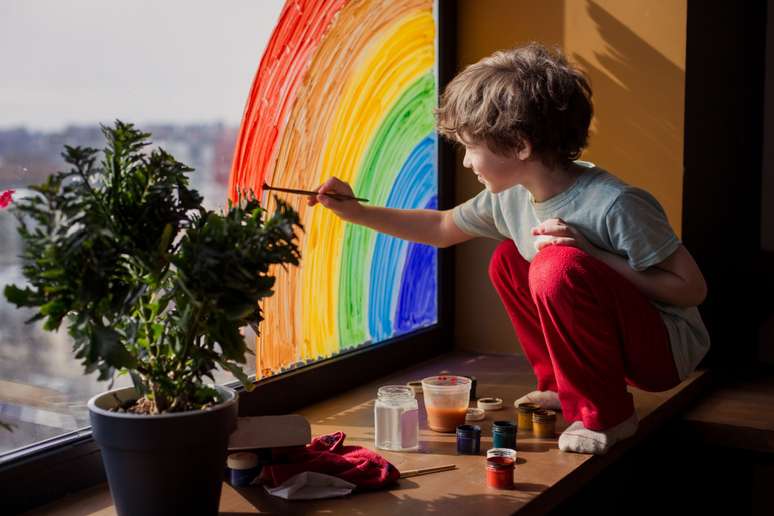
Space to explore creativity
Children are creative to the extent that they can express themselves freely, without pressure and constraints from the environment. Sometimes the adults and the circumstances of the child’s life make it difficult and he will adapt to a less receptive environment for his spontaneity of expression, withdrawing and changing his personality.
It can adopt rigid postures, stereotyped thinking, disinterest in human knowledge and relationships, even do cognitive inhibition, to protect itself from the environment. I’m not referring to more extensive and serious pathologies, but to children who don’t they manage to be spontaneous and who have abandoned their authenticity, repeating ready-made formulas.
Creativity is movement, change, transformation, it is the ability to transform objective facts and give meaning to life and the world; it is being able to perceive the world in a unique way and being able to put your own unique marks on the world. Living creatively consists of transforming, creating, imagining, as symbolic means that permeate the relationship with reality, and this is essential for mental health, not only for children but also for adults.
In that sense, the creative relationship with the world it extends throughout life and will pass from play to culture in general, to interest and production in science, sport, the arts, religion, professional activities, in all cultural manifestations, in short.
Children’s creativity is not running away from reality, on the contrary, it is well connected to it. It is us adults who “travel” in our daydreams. When the child plays, he always maintains this inside-outside, reality-imagination relationship. If the adult who plays with her exaggerates her imagination, the child immediately warns: “It’s just ‘lie!'”. You know the limit.
By Maria Celia Malta Campos
She is a pedagogue, has a PhD in School and Developmental Psychology and works as a clinical psycho-pedagogist. She is the editor of the book “Laboratory of games and knowledge building” (Wak Editora)
Source: Terra
Ben Stock is a lifestyle journalist and author at Gossipify. He writes about topics such as health, wellness, travel, food and home decor. He provides practical advice and inspiration to improve well-being, keeps readers up to date with latest lifestyle news and trends, known for his engaging writing style, in-depth analysis and unique perspectives.

